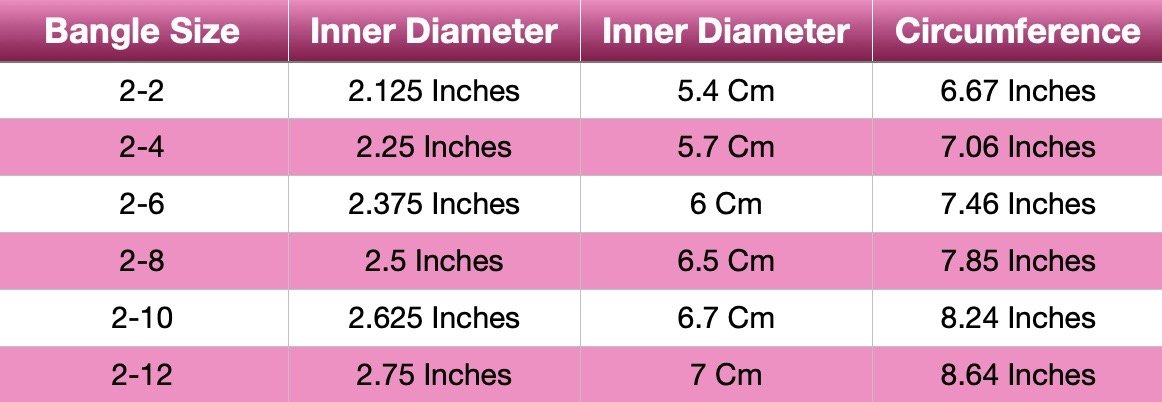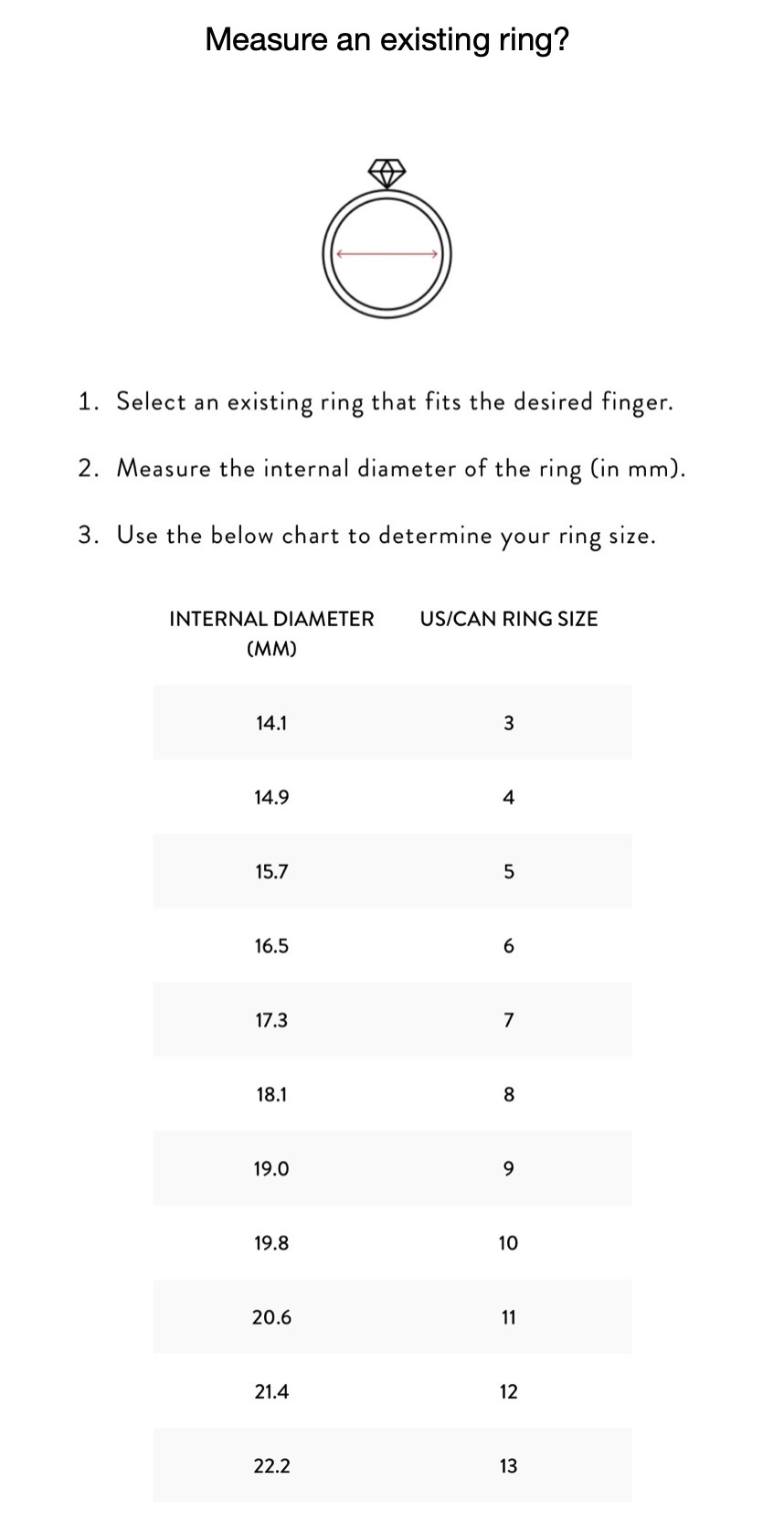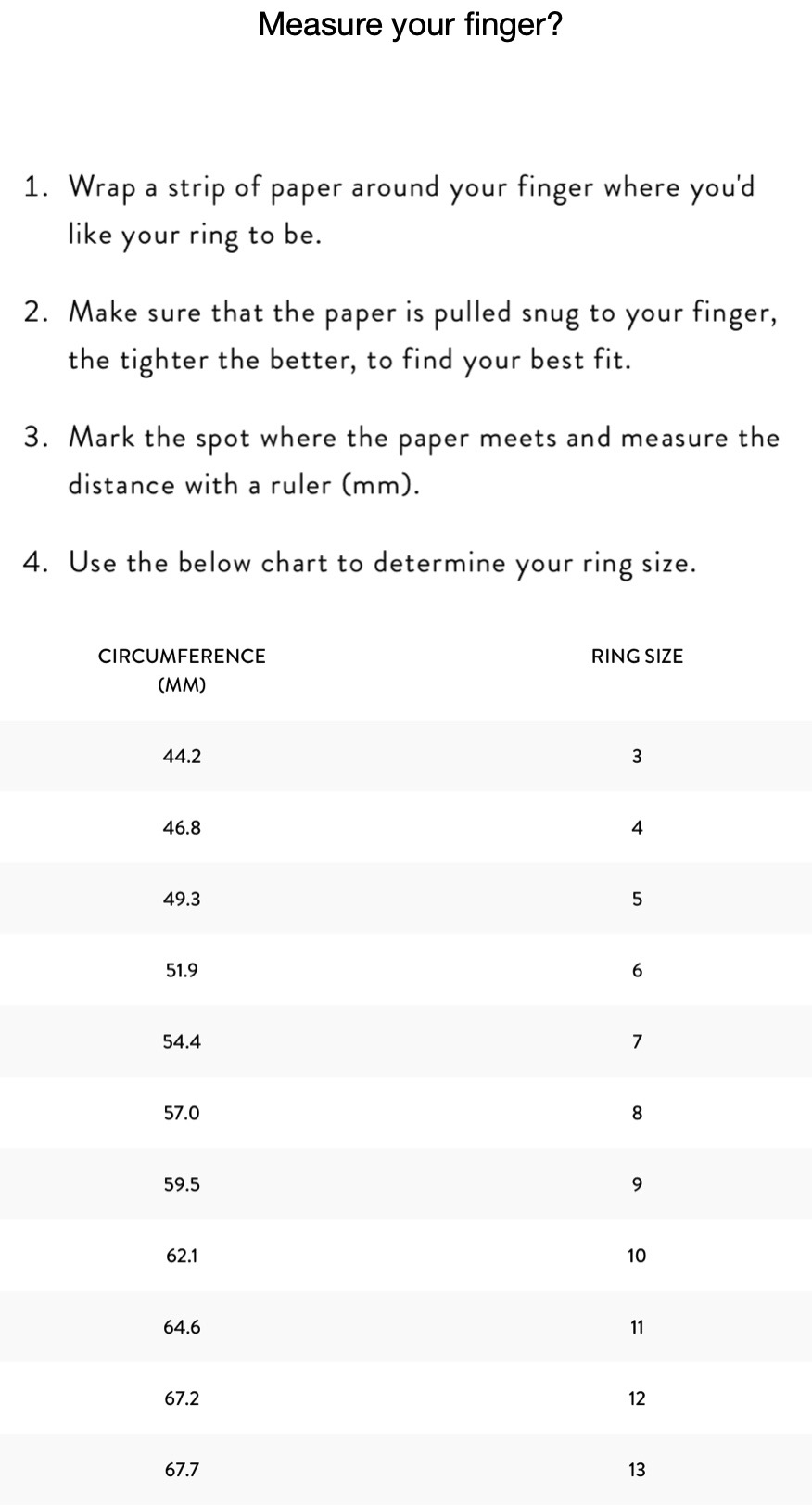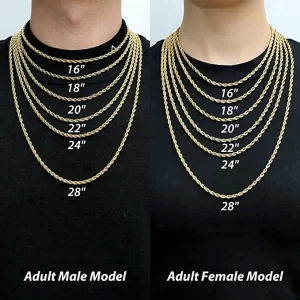What is the process of making bangles?

If you’re an enthusiastic jewelry lover, you may have found yourself wondering: how are bangles actually made? After all, unlike bracelets, bangles aren’t exactly easy to make at home yourself.
While you can easily make your own bracelets at home using some string, beads, and a dab of glue, a bangle is slightly more complicated. In the following blog, we’re going to explain how different types of bangles are made, from glass bangles to gold bangles. Let’s take a look!
HOW ARE GLASS BANGLES MADE?
Glass bangles are a popular accessory amongst Indian women, but how are they made? Typically, the glass bangle making process usually begins with molten glass, which is rolled out into thin rods. The rods are then cut and shaped into rings using a mandrel (or metal rod), and once the rings are formed, they can be decorated by placing decals on them – or by brushing the surface with a metallic pigment. The bangles are then heated in a kiln to make them hard and durable, before being polished to give them a glossy finish.
HOW ARE GOLD BANGLES MADE?
An eternal symbol of opulence and prosperity, gold bangles are another popular type of jewelry in India. Whether it’s chooda bangles, gold cuffs, or 22 karat gold bangles, it’s rare to see an Indian bride whose wrists aren’t decorated with gorgeous, colorful gold bangles. But again – how are they made?
The process of making gold bangles begins with melting down gold, and this is usually performed by using an induction furnace. The molten gold is then poured into a mold and left to cool and solidify.
Once the bangle has cooled, it is usually shaped to size – either by filing or cutting away any excess metal. After that, the bangle polished with a soft cloth to give it a shiny finish. Depending on the style being crafted, the bangle is then inscribed with designs or set with gemstones to complete the look.
HOW ARE BANGLES JOINED TOGETHER?
The process used to join bangles together is known as Judai. By using kerosene compounded with air input, the bangles are safely melted so that the two ends can join, after which they can be decorated using gold or silver powder, or engraved with intricate detailed patterns or designs.
After the Judai process is complete, the bangles are then baked in what is known as a “pakai bhatti”, which is a furnace. The bangles are placed in the pakai bhatti to smoothen down any sharp edges, and to give the bangles a shiny, luminous, eye-catching finish. Once they’re finished, the bangles are typically intertwined together and packaged in boxes to be sold to wholesalers or market sellers.
CAN I MAKE MY OWN BANGLES?
While the process of making bangles may not be as simple as crafting a bracelet at home, it is still possible for you to make your own bangles without any professional help. For example, you can easily make a bangle using thread and rhinestones, or create your own wooden bangle if you’re handy with DIY and wood cutting (although please don’t try this at home if you’re not a professional!)
And if you’re unable to make jangly bracelets at home, you can still accessorize your wrists with some homemade bracelets, and add some coin charms or gold charms to recreate that classic “jangly” sound associated with bangles. All you need is some beads, a few tools, and a little bit of creativity.
To make your own DIY bracelet bangles, you’ll need to start with a piece of thread and some beads. If you want to imitate a jangly bangle-esque sound when worn, opt for metal beads or coins.
Once you’ve settled on a design, tie a knot on one side of the piece of string. Then, thread the beads onto the string, taking care to follow a pre-set design. Once all the beads or charms have been threaded onto the string, tie another knot at the string’s other side to secure the beads in place – and voila, you have your own homemade bracelet! You can also add gold charms or pendants to give your bangles a more sophisticated look – just make sure to add some glue over the knot to keep the design together.







